Affiliate links on Android Authority may earn us a commission. Learn more.
2021’s biggest cryptocurrencies: Here's how much money you could have made
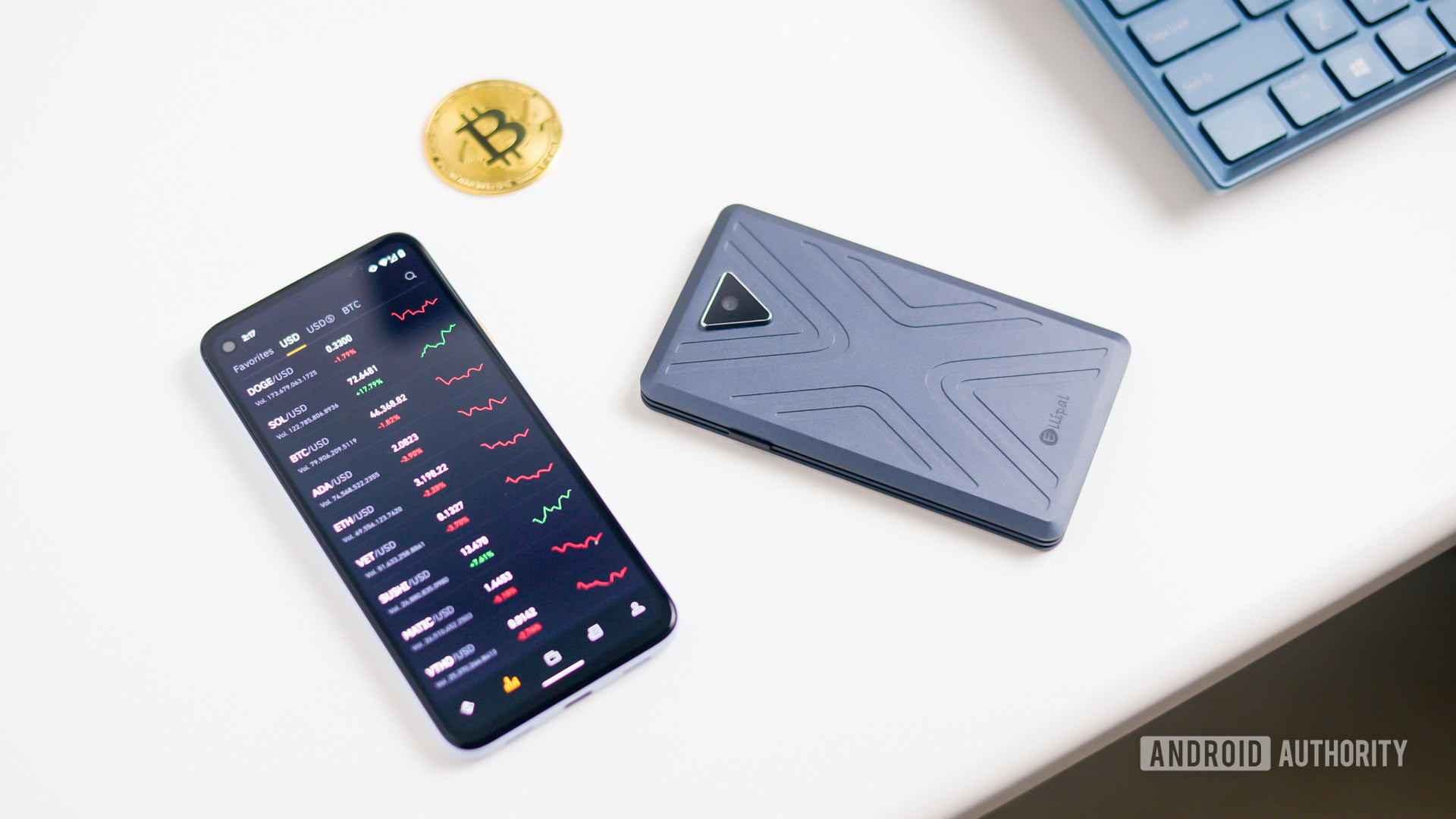
Short-term volatility is common in the cryptocurrency market. While that does translate to higher risk versus other investment instruments, there’s also plenty of upside potential. The past year, for instance, saw the cryptocurrency market’s total valuation briefly top $3 trillion for the first time. While this impressive growth was sometimes offset by slowdowns and even major dips, most tokens are still trading higher than they were only a few short months ago.
With the year now coming to an end, here’s a retrospective look at the performance of the 15 largest cryptocurrencies by market capitalization — sorted from the highest returns to the lowest, as of December 30. We’ve also visualized just how far a hypothetical $1,000 investment in each cryptocurrency at the start of the year would’ve gone over the course of 2021. Of course, we left out any stablecoins since they can’t be held as an investment.
See also: The best cryptocurrency apps for Android
Shiba Inu (SHIB)
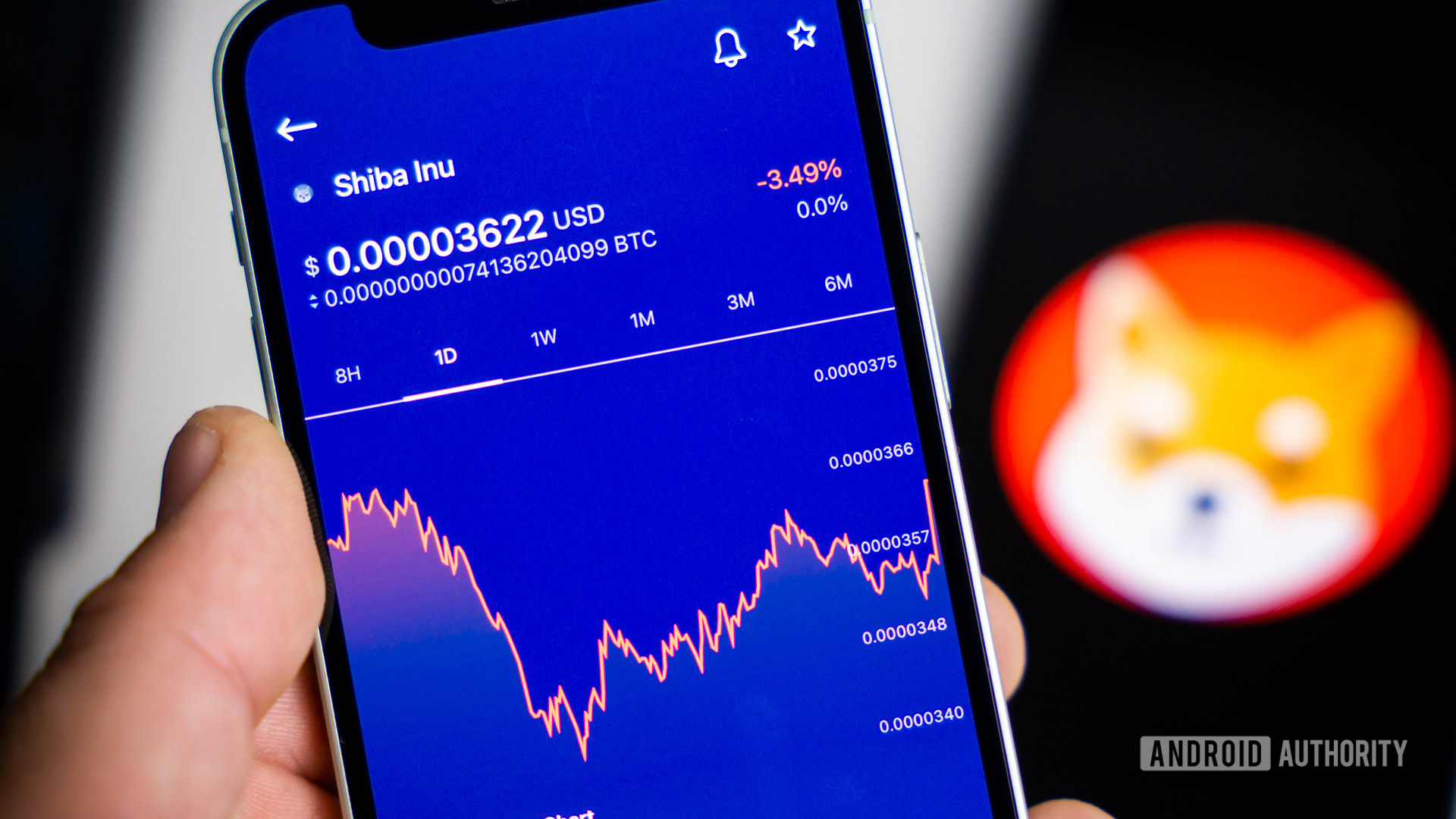
- Year-to-date return: ~86,570%
- $1,000 invested at the start of 2021 would be worth ~$866,700
Shiba Inu skyrocketed in 2021 thanks to an influx of new retail investors and heightened speculation. It’s hard to estimate SHIB’s exact year-to-date returns because the token appeared out of nowhere in February of this year. Assuming January 31 as the starting point, though, estimates peg SHIB’s total 2021 gains at just over 86,500%.
That said, Shiba Inu was also the most volatile cryptocurrency this year, with its total market capitalization routinely swinging billions of dollars in either direction, depending on market sentiment. If you perfectly timed your entry and exit points, it could have outperformed all of the other tokens on this list. Practically speaking, however, it continues to be one of the riskiest investments in the cryptocurrency market, which by itself is already very volatile.
Polygon (MATIC)
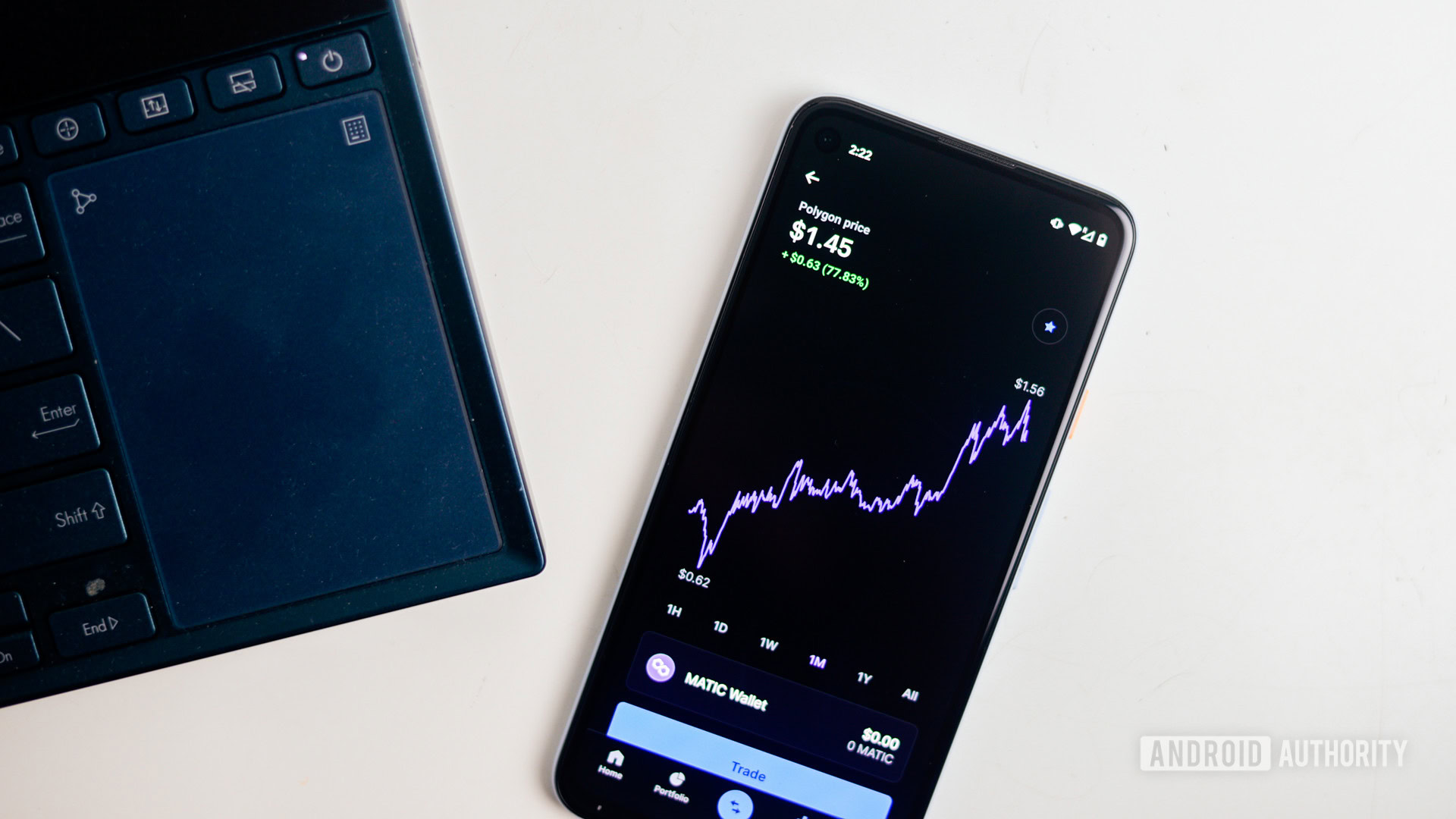
- Year-to-date return: ~14,000%
- $1,000 invested at the start of 2021 would be worth ~$141,000
Polygon is one of the most popular Ethereum scaling solutions. It aims to alleviate long-standing usability issues such as high fees and network congestion by offering “side chains” that run alongside the primary Ethereum blockchain. In other words, it’s a second layer scaling solution that’s faster and cheaper to transact with than the base Ethereum layer.
Polygon’s primary chain operates on the Proof of Stake consensus mechanism, which allows it to operate far more efficiently than Ethereum. Even better, developers can easily transition their decentralized applications to Polygon. Today, most popular Ethereum apps are already available on the Polygon network, including Aave and SushiSwap. A bridge also exists for users to “port” their existing Ethereum-based assets and tokens over to the Polygon ecosystem.
Terra (LUNA)
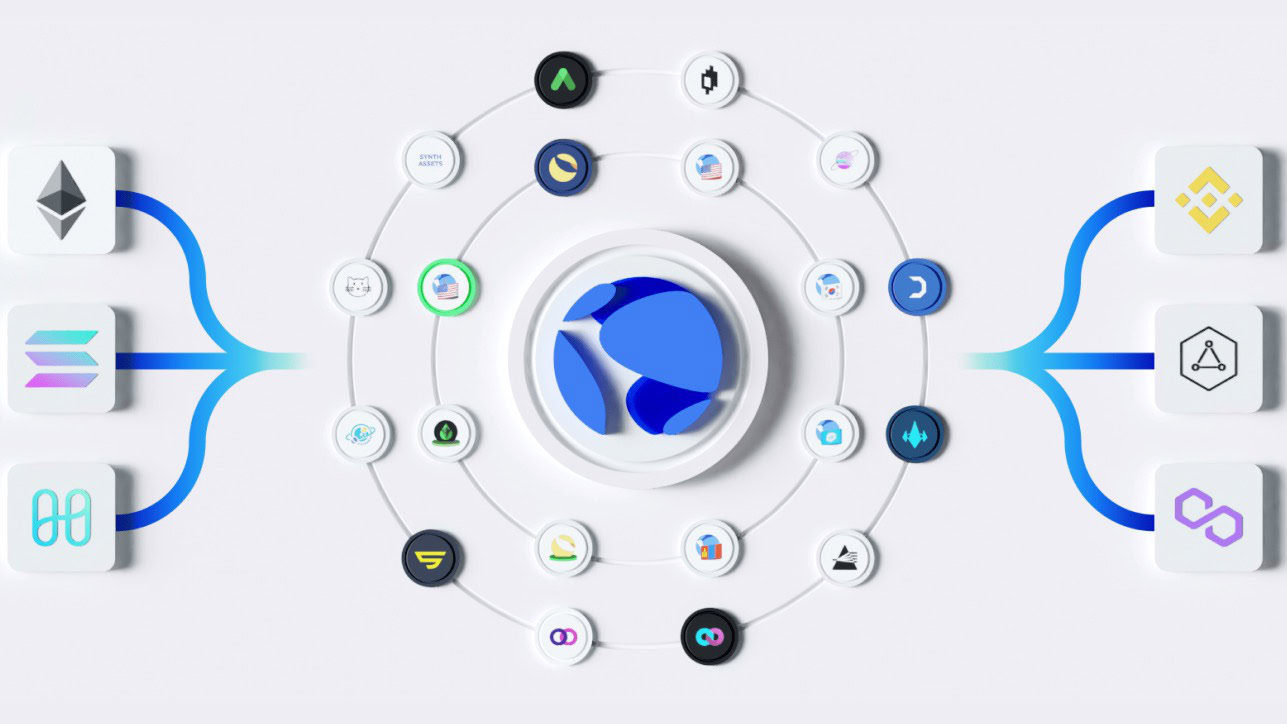
- Year-to-date return: ~12,940%
- $1,000 invested at the start of 2021 would be worth ~$130,400 today
Terra is a decentralized stablecoin project that aims to upend existing private solutions like Tether (USDT) and USD Coin (USDC). Instead of cash reserves, it achieves its peg and price stability through two distinct token types — Terra and Luna (LUNA). Terra is the stablecoin, while Luna is used to manage supply and prevent price fluctuations. How does it work? Here’s how the developers explain it:
“Imagine the whole Terra economy as two pools: one for Terra and one for Luna. To maintain the price of Terra, the Luna supply pool adds to or subtracts from Terra’s supply. Users burn Luna to mint Terra and burn Terra to mint Luna.”
In theory, users are incentivized to hold Luna because its supply should contract over time as demand for Terra increases.
Solana (SOL)
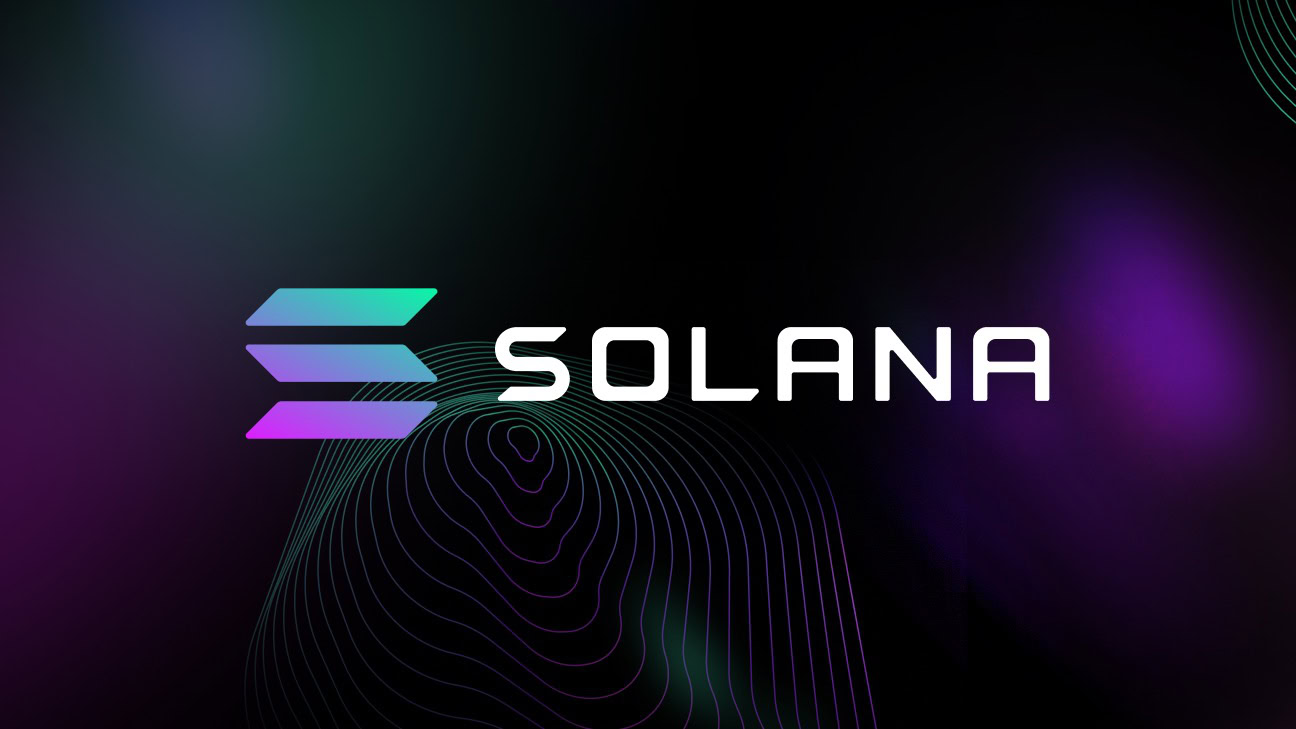
- Year-to-date return: ~11,720%
- $1,000 invested at the start of 2021 would be worth ~$118,200
Solana is an Ethereum competitor that promises better scalability — lower fees and faster settlement times. Solana’s value exploded in 2021, thanks to the development team’s keen focus on building an expansive ecosystem of decentralized applications and NFT marketplaces. These advantages over Ethereum have allowed Solana to gain market share in the decentralized finance (DeFi) and non-fungible token (NFT) ecosystems.
Unfortunately, Solana was also the subject of major controversies in 2021. In September, the network went offline for several hours — a phenomenon pretty much unheard of in the decentralized cryptocurrency ecosystem. While Solana can process transactions much faster than some of its rivals, including Ethereum, it has yet to prove that it can stand the test of time.
Dogecoin (DOGE)
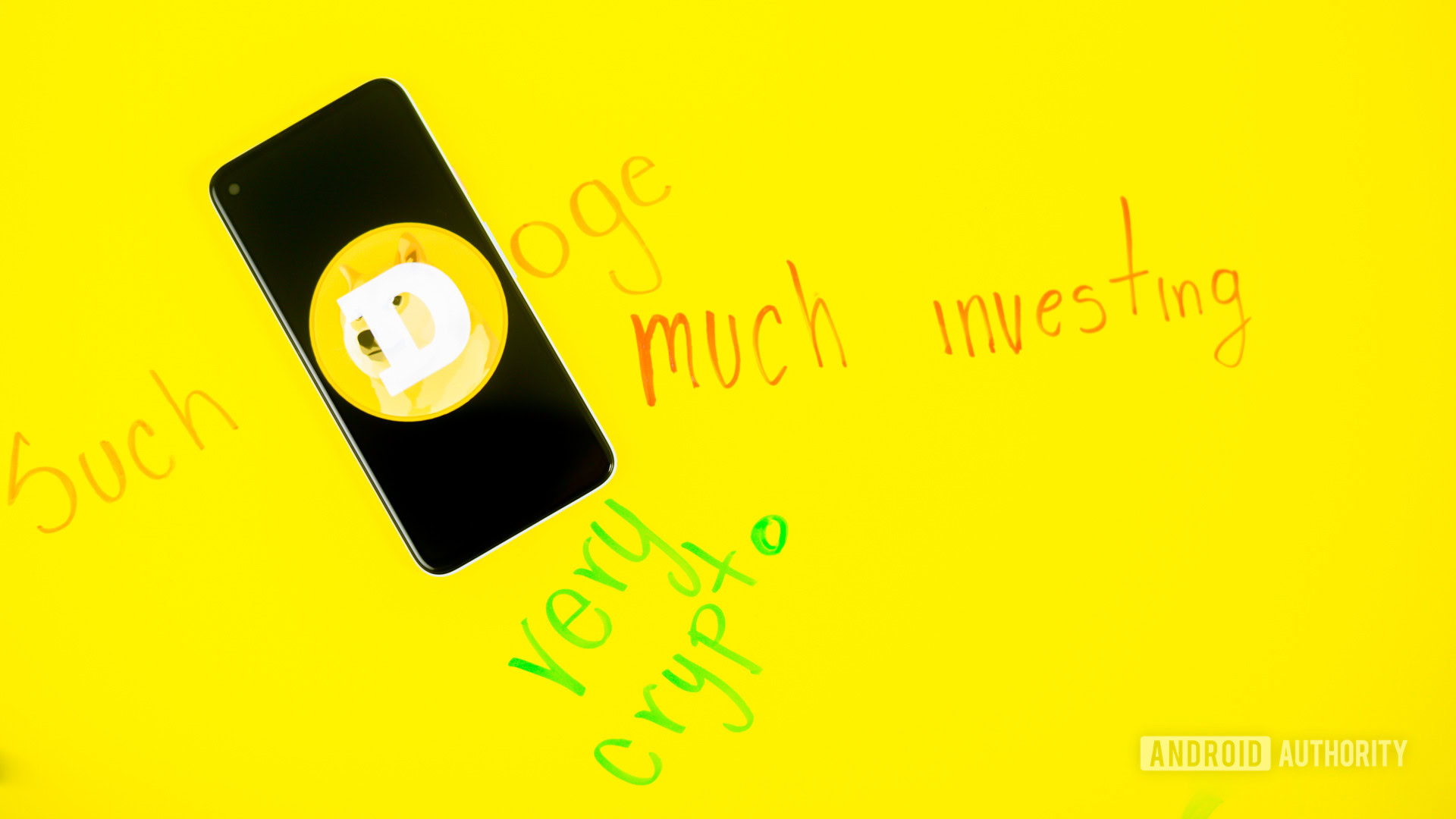
- Year-to-date return: ~3,600%
- $1,000 invested at the start of 2021 would be worth ~$37,000
In early 2021, Dogecoin outperformed a good chunk of the crypto market. Several factors contributed to this unprecedented rally, including continued social media endorsements from personalities like Elon Musk. Around that time, the crypto market also saw a sudden influx of new retail investors — fresh off the GameStop short squeeze saga.
However, with no underlying utility or application, meme tokens resemble a gamble much more than a sound investment. That’s especially true as we head into 2022, with much of the hype now dying out. Dogecoin’s current price of approximately $0.18 per token, for example, falls quite short of its $0.74 all-time high from just a few months ago.
Avalanche (AVAX)
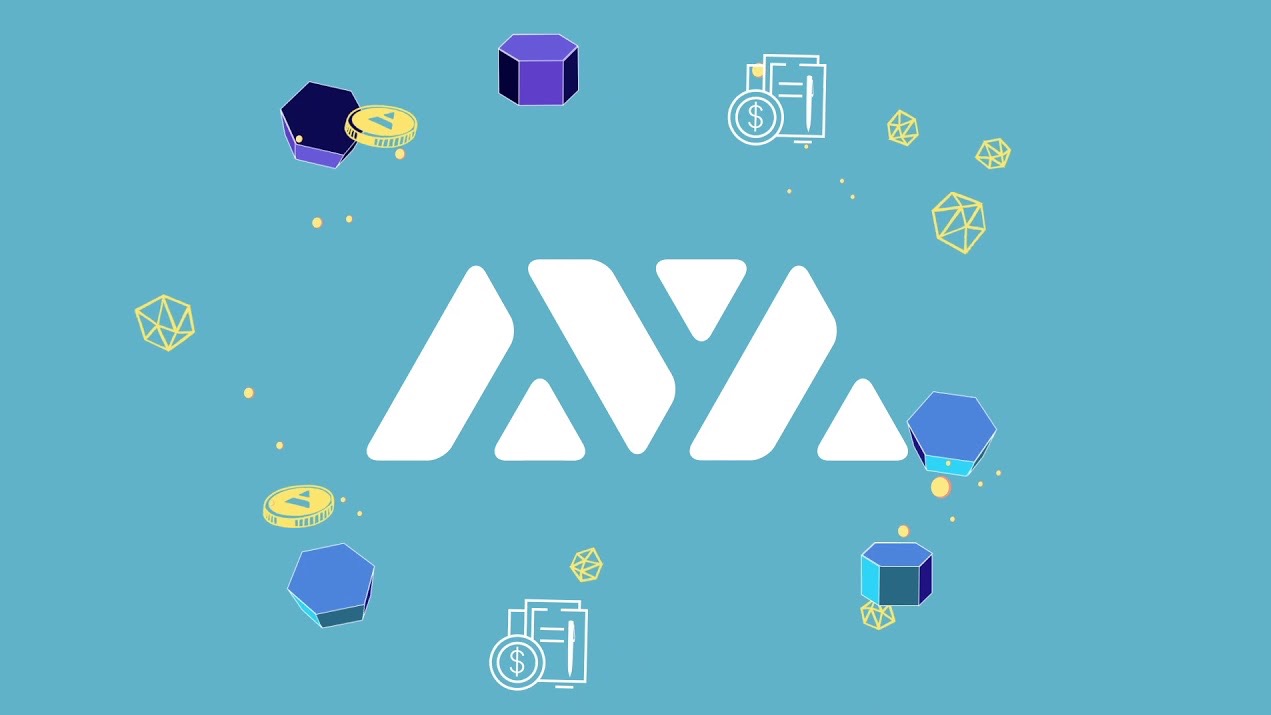
- Year-to-date return: ~3,540%
- $1,000 invested at the start of 2021 would be worth ~$36,400
Avalanche surged out of nowhere in 2021, quickly climbing the list of the top cryptocurrencies by market capitalization to reach the tenth position. It advertises itself as a fast, low-cost, and eco-friendly smart contract platform. Like many Ethereum competitors, Avalanche uses the proof of stake consensus mechanism to achieve its impressive efficiency figures.
Avalanche is compatible with Ethereum’s programming language and tools, allowing developers to quickly deploy their applications and smart contracts. According to data from DeFi Llama, that strategy has paid off. The platform currently has nearly $12 billion in total locked value, distributed primarily across Ethereum-first DeFi apps like Aave and Curve Finance.
Binance Coin (BNB)
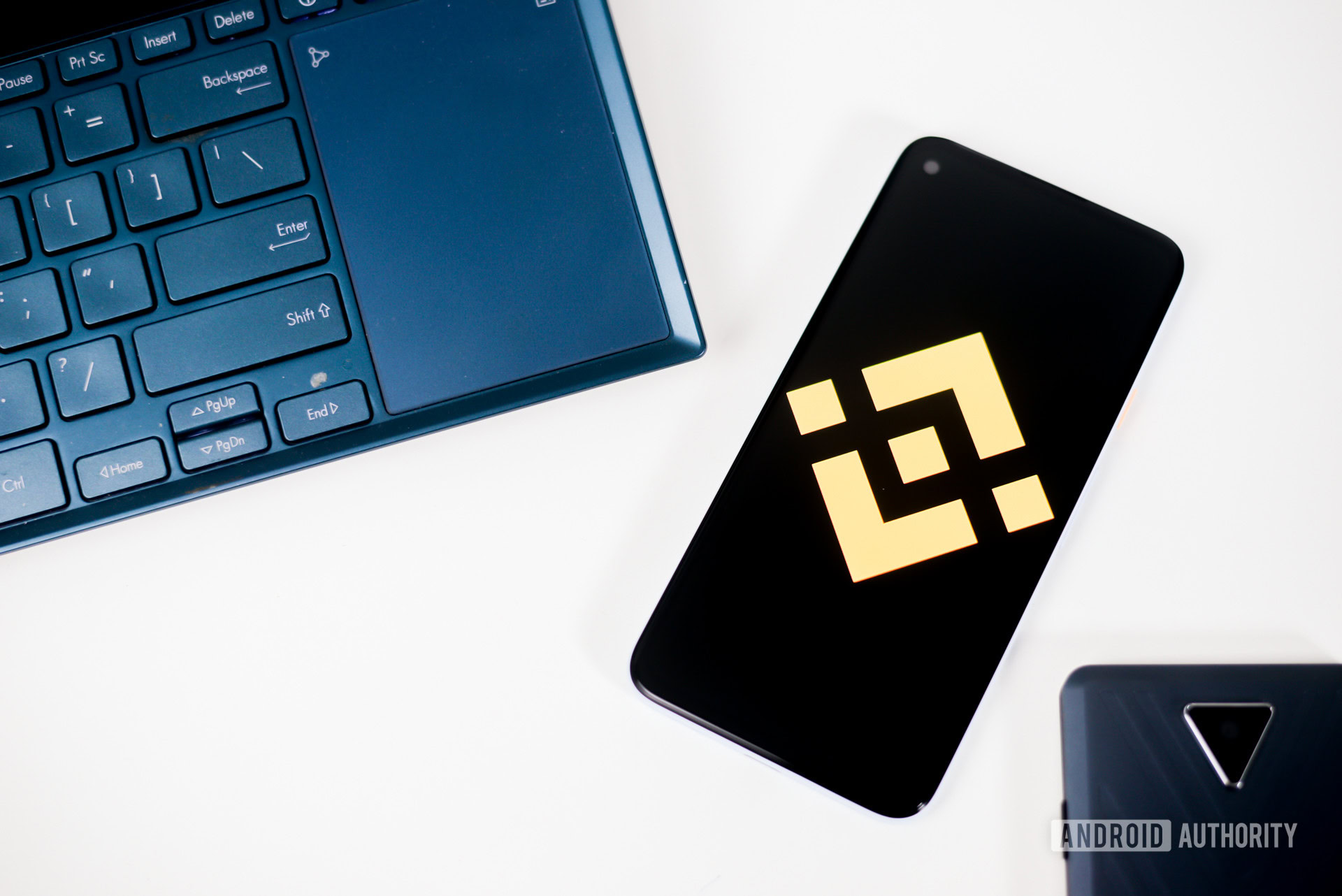
- BNB year-to-date return: ~1,400%
- $1,000 invested at the start of 2021 would be worth ~$15,000
Tokens belonging to major cryptocurrency exchanges witnessed staggering growth throughout 2021. Binance was the biggest winner in this category, as it continued to reign supreme in markets outside North America. Binance Coin (BNB) is now the third-largest cryptocurrency in terms of valuation — gaining several positions since last year.
Besides the exchange’s growing relevance, BNB’s success can also be attributed to the growing popularity of Binance’s own smart contract blockchain, dubbed Binance Smart Chain (BSC). Like Avalanche, several Ethereum DeFi apps also exist on the BSC network, making it the more convenient choice (and not to mention, cheaper) for many already within the Binance ecosystem.
Crypto.com Coin (CRO)
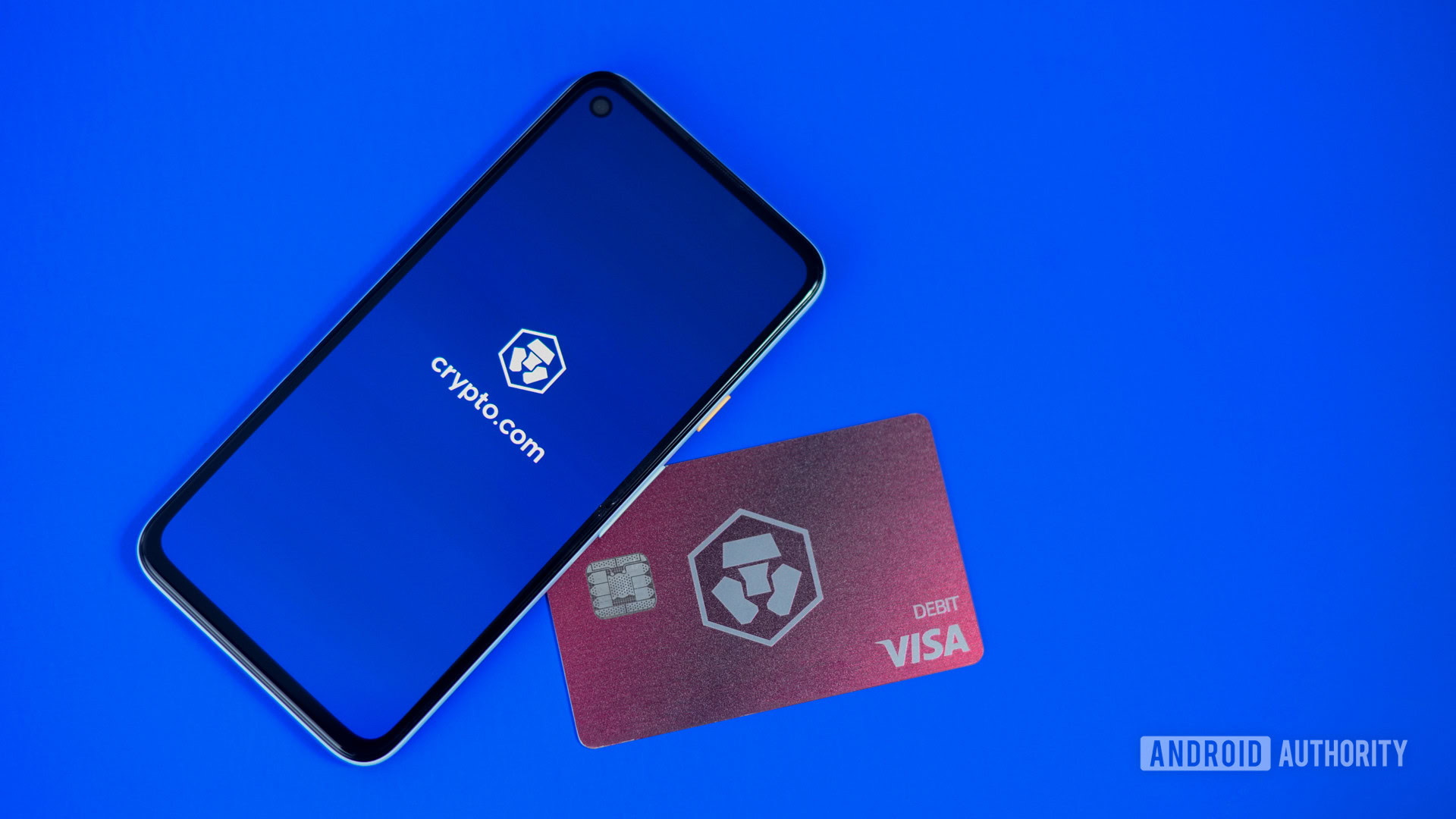
- CRO year-to-date return: ~873%
- $1,000 invested at the start of 2021 would be worth ~$9,730
Crypto.com blindsided the crypto industry in 2021 as it quickly became one of the most well-known exchanges in North America. The company claims that it achieved a quarter of Coinbase’s revenue in the first quarter of 2021 — an impressive feat considering that the latter has been around for nearly a decade. Crypto.com has also gone on a marketing blitz of late, signing some of the most expensive sponsorship deals in sporting history.
Meanwhile, the exchange’s CRO token is now worth $15 billion. It’s not hard to see why — users are incentivized to “stake” or lock up significant sums of CRO tokens for various reward programs. Crypto.com also offers a lending feature that provides a higher interest rate on your cryptocurrency if you hold a certain number of CRO tokens. All in all, the token’s success is directly linked to the platform’s popularity.
Cardano (ADA)
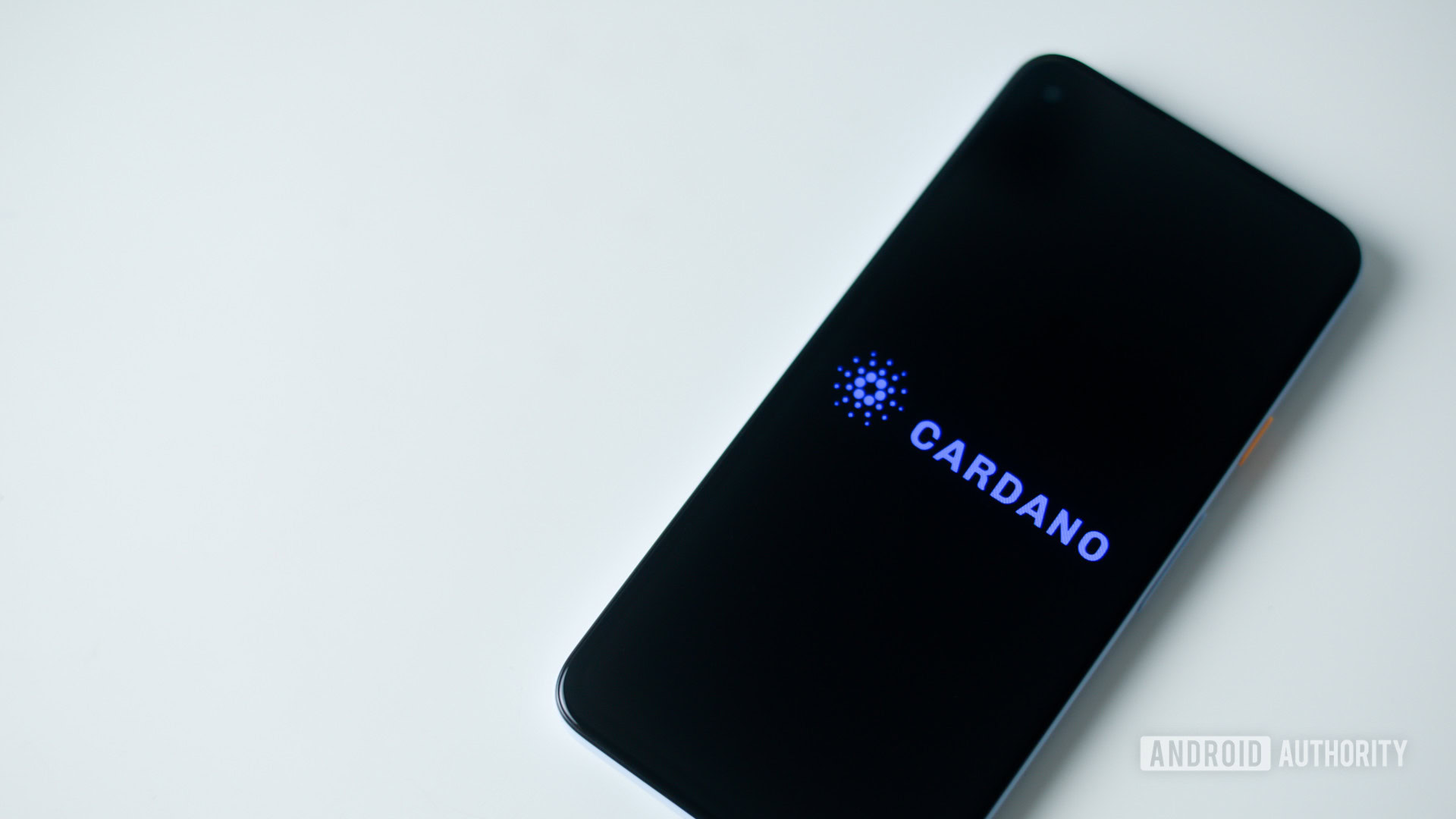
- Year-to-date return: ~690%
- $1,000 invested at the start of 2021 would be worth ~$7,900
Cardano is the second most popular smart contract platform after Ethereum. It has been on a consistent upward trajectory over the past few years, outperforming most of the market throughout 2019 and 2020.
Read more: What is Cardano? Demystifying the long-awaited Ethereum-killer
The project is headed by Ethereum co-founder Charles Hoskinson, who departed from Ethereum over differences in ideology and vision. Cardano emerged as an Ethereum competitor in 2017. It was one of the earliest implementations of the proof of stake consensus mechanism, allowing for faster transactions than existing platforms. In 2021, Cardano’s developers released the platform’s long-awaited smart contract functionality, paving the way for the introduction of decentralized applications.
Ethereum (ETH)

- Year-to-date return: ~420%
- $1,000 invested at the start of 2021 would be worth ~$5,200
Ethereum, the second-largest cryptocurrency by market capitalization, enjoyed a healthy price rally throughout the first four months of 2021. It’s often used as the primary asset in both the DeFi and NFT ecosystems. Consequently, it already has an established use case, active community participation, and even gets copious amounts of attention from institutional investors. Most other digital currencies don’t share Ethereum’s early-mover advantage either.
Read more: Everything you need to know about Ethereum
However, the cryptocurrency does face a few challenges as we head into 2022. For one, the underlying Ethereum blockchain often suffers from network congestion and inflated transaction fees due to high demand and usage. The long-awaited Ethereum 2.0 update aims to fix this problem. However, it’s a rather major overhaul of the platform that hasn’t been tested in the wild yet.
Ripple (XRP)
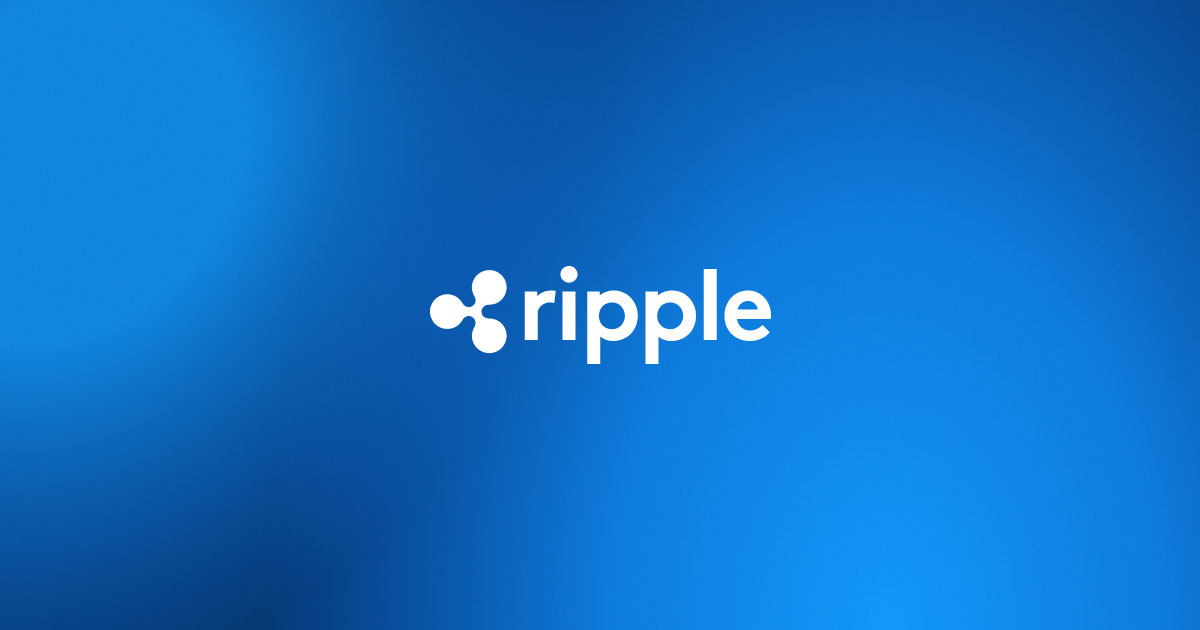
- Year-to-date return: ~250%
- $1,000 invested at the start of 2021 would be worth ~$3,500
Ripple’s XRP token was once the third-largest cryptocurrency by market cap, trailing only Bitcoin and Ethereum. However, uncertainty stemming from a lawsuit by the US Securities and Exchange Commission (SEC) tanked the token’s value in 2020. Despite that, XRP managed to put together a fairly impressive showing over the past few months — and is on track to end the year as the seventh-largest digital currency.
That said, XRP’s current prices are still a far cry from its previous all-time high of $3.40. For context, most other coins and tokens on this list have broken through their previous 2017-2019 highs by a comfortable margin. XRP’s success going forward depends heavily on the outcome of the SEC lawsuit.
Polkadot (DOT)

- Year-to-date return: ~328%
- $1,000 invested at the start of 2021 would be worth ~$4,280
Polkadot is another project that has a unique take on blockchain scalability. Polkadot’s main pitch is an “internet of blockchains” — serving essentially as a bridge to allow multiple unrelated blockchains to talk to each other. Polkadot was created by former Ethereum co-founder and CTO Gavin Wood, who also developed the Solidity programming language used for Ethereum’s smart contracts and decentralized applications.
The Polkadot network is divided into the main relay chain and multiple smaller para-chains that run alongside each other. Each para-chain acts like a user-created blockchain that can be customized for specific applications.
Chainlink (LINK)
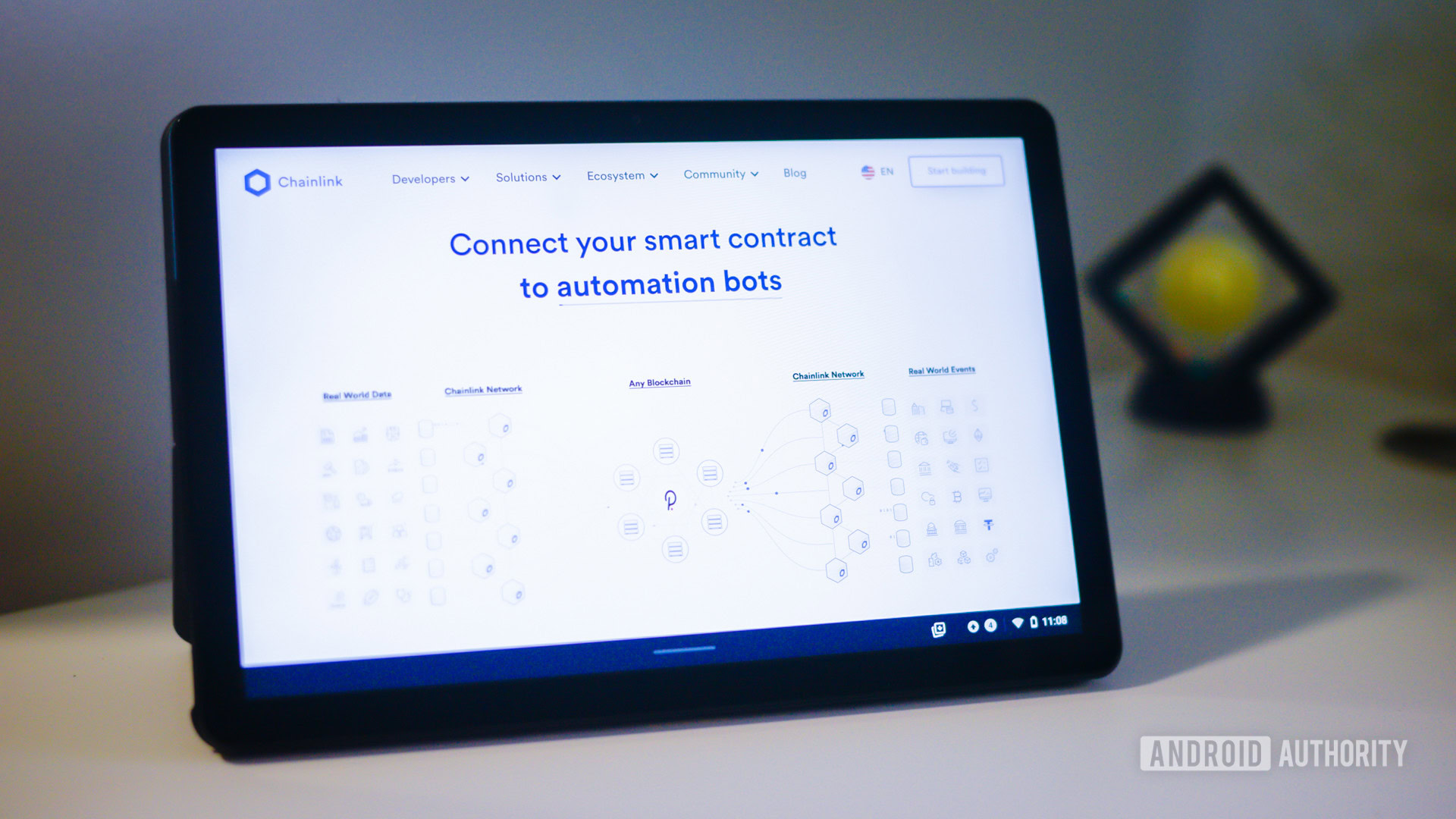
- Year-to-date return: ~84%
- $1,000 invested at the start of 2021 would be worth ~$1,840
Chainlink is a decentralized oracle platform for smart contract platforms. What does that mean? In a nutshell, it helps provide real-world data to programmable blockchain platforms like Ethereum. Smart contracts are pretty simple — they execute as soon as an event is triggered. However, many events take place off-chain, like changes in weather or delays in shipping.
In a scenario where two participants bet on the outcome of a sporting event, for example, a smart contract needs a way to determine the winner. That’s where Chainlink comes in — it can feed off-chain data feeds as an input to on-chain services. Oracles, or network participants that provide these accurate results, are incentivized via rewards paid out in the LINK token.
Bitcoin (BTC)
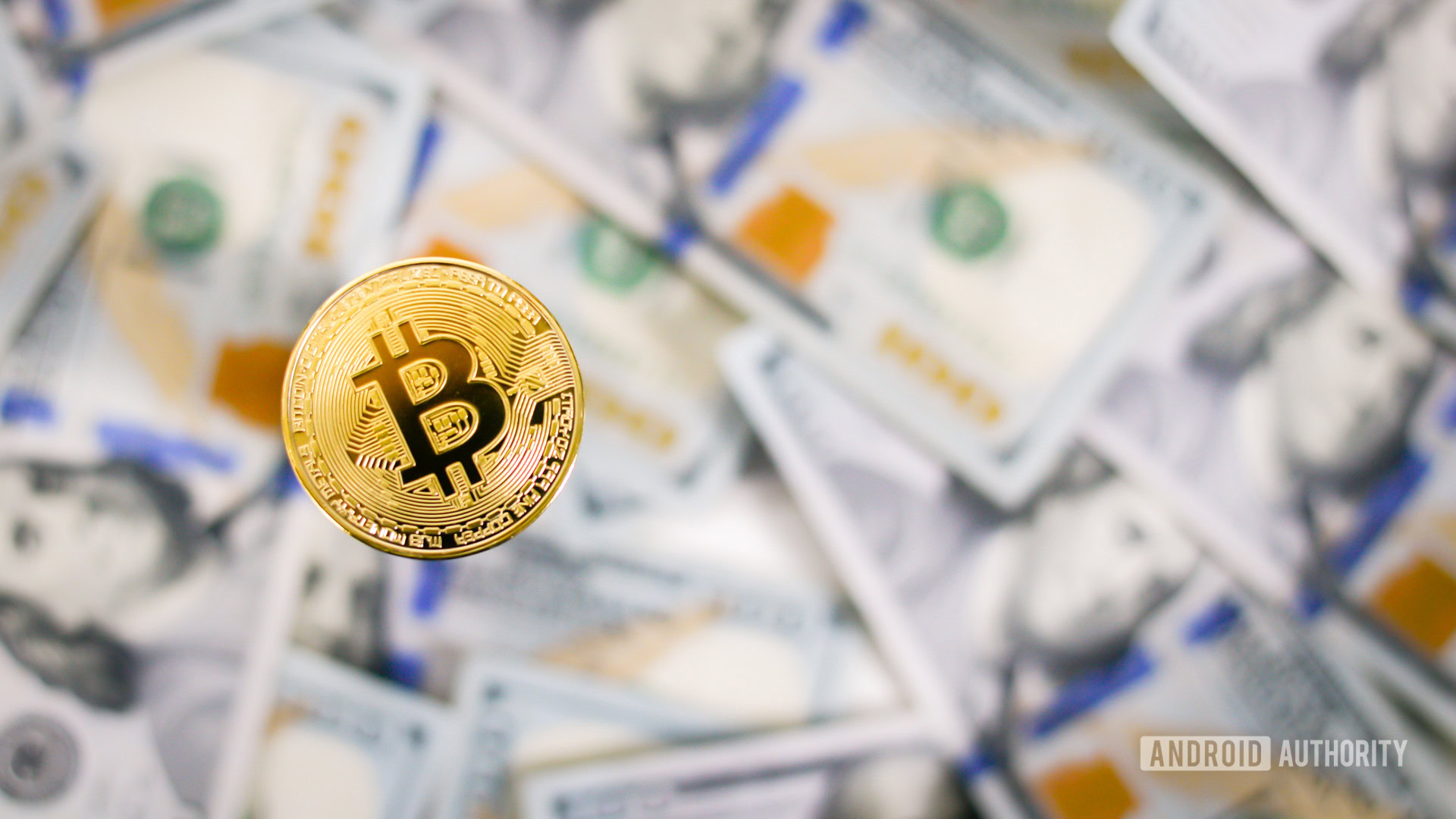
- Year-to-date return: ~77%
- $1,000 invested at the start of 2021 would be worth ~$1,770
While Bitcoin didn’t skyrocket in 2021, it continues to influence the momentum of the broader market — making it an extremely valuable asset in any risk-averse crypto portfolio. And ignoring comparisons against other digital currencies, it still managed to double in value — outperforming most other asset classes.
Bitcoin’s position as the most valuable cryptocurrency has gone unchallenged for years at this point. It’s also a rather stable project. Unlike Ethereum and newer blockchain platforms, Bitcoin’s development is slow, methodical, and community-driven. Those are key selling points for large institutions and investors as it signals stability and lower risk, at least as far as the cryptocurrency market is concerned.
Litecoin
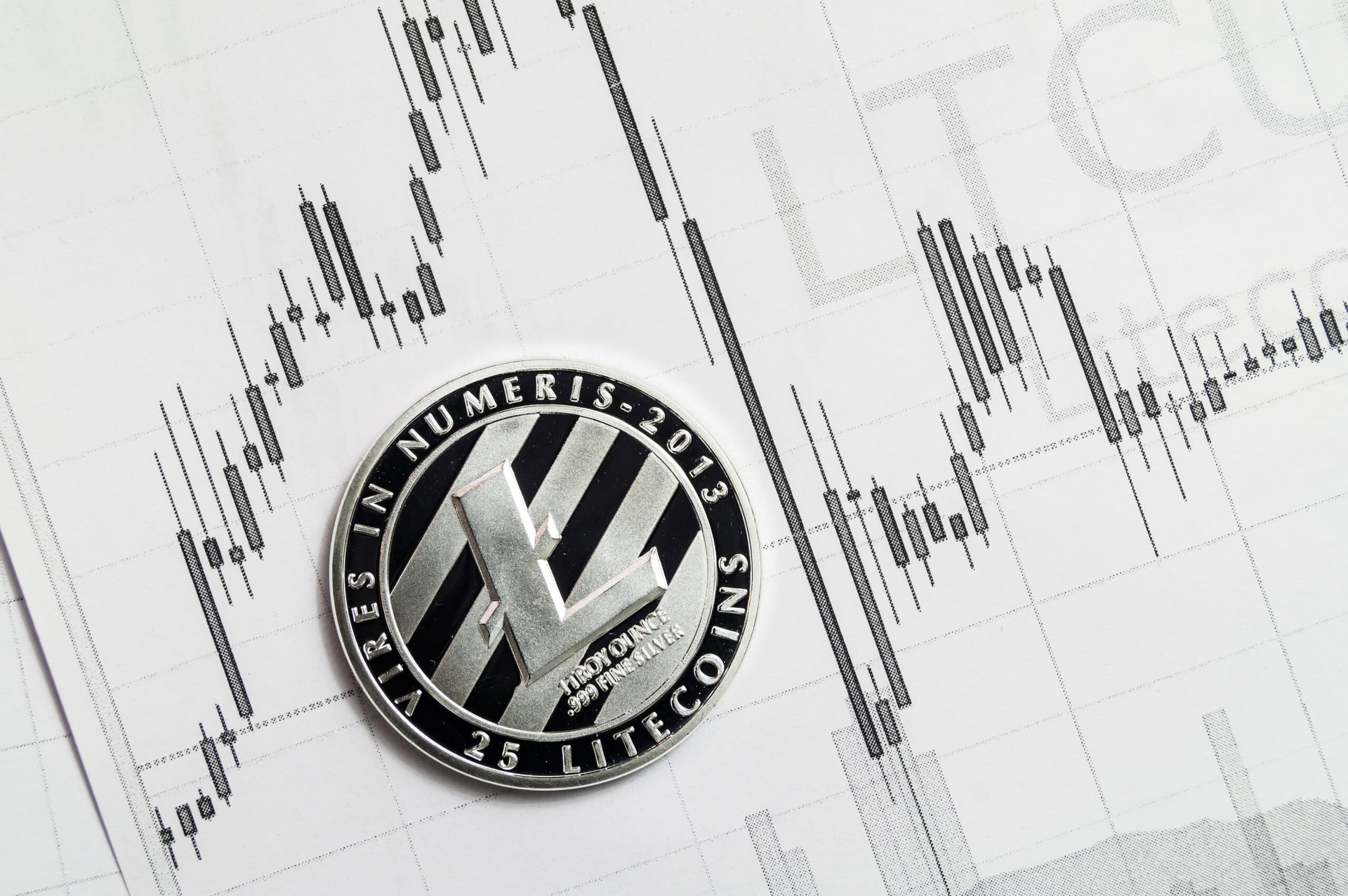
- Year-to-date return: ~20%
- $1,000 invested at the start of 2021 would be worth ~$1,200
Litecoin, the second oldest project on this list after Bitcoin, surprisingly delivered the least impressive returns this year among the top 15 cryptocurrencies. For years, Litecoin managed to cling onto its reputation as a cheaper, more nimble Bitcoin alternative. However, 2021 finally saw Litecoin slip to the lower ranks.
The cryptocurrency’s development has slowed down since the crypto market’s 2017 cycle peak. With an annual return of just 20%, there were many better investments than Litecoin this year. The S&P 500 and Nasdaq 100 indices both managed to outperform it with a lower risk level.
Looking at the returns, it’s easy to see why crypto was so popular in 2021. But keep in mind that past performance is not indicative of future results. There were also a lot of cryptocurrencies that went down in value this year, so make sure never to invest more money than you can afford to lose. For further reading, check out our definitive guide to cryptocurrency investing.